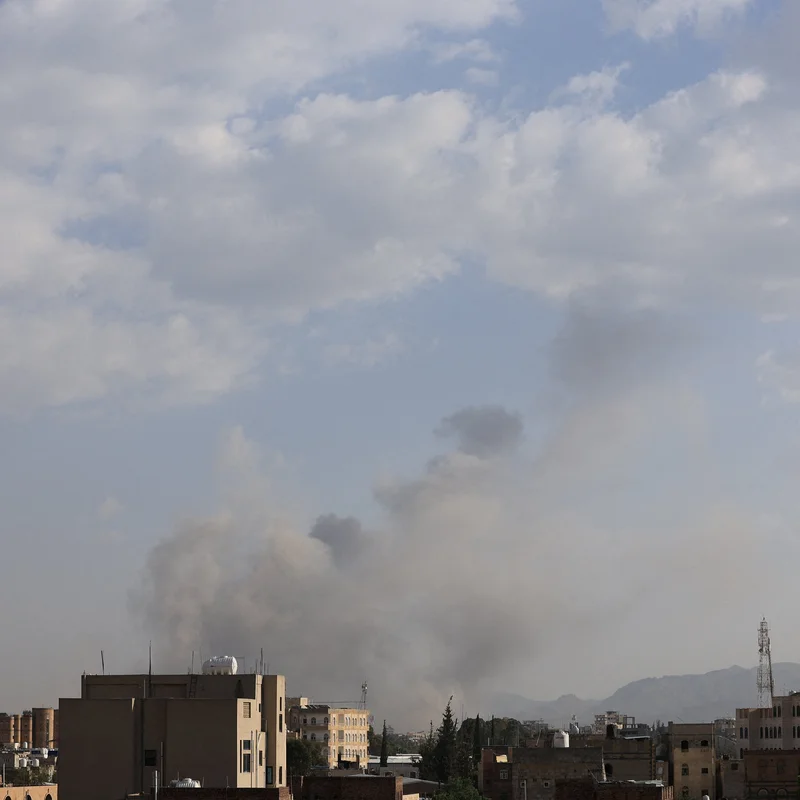Imagine showing up to school on your first day—only to be dragged in front of your classmates and have your hair hacked off with blunt scissors because your bangs were “too long.” For generations of Thai students, this isn’t a nightmare. It’s routine.
For over 50 years, strict haircut rules in Thai schools have dictated everything from ear-length limits for boys to bans on dyed hair, buns, or even bangs that graze the eyebrows. Violate the code, and you might find yourself sitting in a classroom chair while a teacher snips away—often unevenly, sometimes cruelly.
Now, a new generation is saying: enough.
The Roots of Thailand’s School Hair Rules
The policy dates back to 1972, when a military government imposed rigid discipline across public institutions—including schools. Uniforms, posture, and yes, hair—were seen as tools to instill obedience and “moral order.”
Boys were required to wear crew cuts; girls couldn’t let their hair fall below their earlobes or shirt collars. Any deviation was treated as defiance.
“Those in power want to turn us into citizens who are easy to rule,” said Laponpat Wangpaisit, founder of Bad Student, a youth advocacy group that documents classroom abuses. “To them, happy citizens are not worth more than people who obey.”
A National Humiliation—Etched in Memory
Many Thais carry these experiences into adulthood as emotional scars. One 15-year-old from southern Thailand recalled being singled out during a monthly “hair inspection” and having his hair chopped in front of his peers. “My classmates were all staring at me,” he said. “I felt so embarrassed… It’s a scar in my heart.”
Barbers across the country report fixing botched school haircuts weekly. Watcharin Keawtankham, a barber in Mae Sot, shared a photo last year of a boy with a bald patch—punishment for “misbehaving.” “The only way to fix it was to buzz the whole head,” he said.
Legal Victory—But Cultural Change Lags
In March 2025, Thailand’s Supreme Administrative Court struck down the national hairstyle directive, citing harm to children’s mental health and discrimination against LGBTQ+ students. The ruling gave individual schools the power to set their own policies.
But in rural areas, old habits die hard. In July, teachers at a school in Ratchaburi Province cut the hair of 50 girls whose locks extended past their name tags. The school later apologized—but only after public outcry.
Students Push Back—With Scissors and Social Media
Youth activists are using platforms like TikTok and X to share stories and pressure schools. Laponpat’s Bad Student group receives at least one complaint daily—most about hair.
Some students are transferring to more progressive schools. Sixteen-year-old Rin (Phatit Kalaphakdee), a transgender girl, moved to Wat That Thong High School in Bangkok after her former school threatened to punish her for long hair. “Hair can give you confidence,” she said, “or it can ruin your day.”
At her new school, students wear mullets, curtain bangs, and ponytails—no scissors in sight.
Table: Thailand’s School Hair Rules – Then vs. Now
| Era | Policy | Enforcement |
|---|---|---|
| 1972–2025 | Nationwide mandate: boys = crew cuts; girls = hair above collar | Teachers could cut hair on the spot; no appeal |
| Post-March 2025 | No national rule; schools decide independently | Urban schools relax rules; rural schools often maintain old practices |
| Student Response | Organized protests since 2020; legal challenges; social media campaigns | Growing push for bodily autonomy and democratic expression |
Why Hair Matters in Thailand’s Democracy Movement
To outsiders, it may seem trivial. But in Thailand—a constitutional monarchy where military coups and judicial interventions have repeatedly overturned elected governments—hair has become a symbol of resistance.
“This isn’t just about style,” said Laponpat. “It’s about who gets to control your body, your identity, your dignity.”
For transgender students like Rin and Auto (a 15-year-old who hid her long hair under a wig until teachers threatened to burn it), the issue is deeply personal. The court’s 2025 ruling explicitly acknowledged LGBTQ+ youth, calling forced haircuts a form of psychological violence.
What’s Next?
While the Ministry of Education has declined to comment, student-led pressure continues. Advocates hope the next step is a nationwide ban on punitive haircuts—and mandatory training for teachers on student rights.
Until then, every snip of the scissors remains a quiet act of control… and every uncut strand, an act of defiance.




